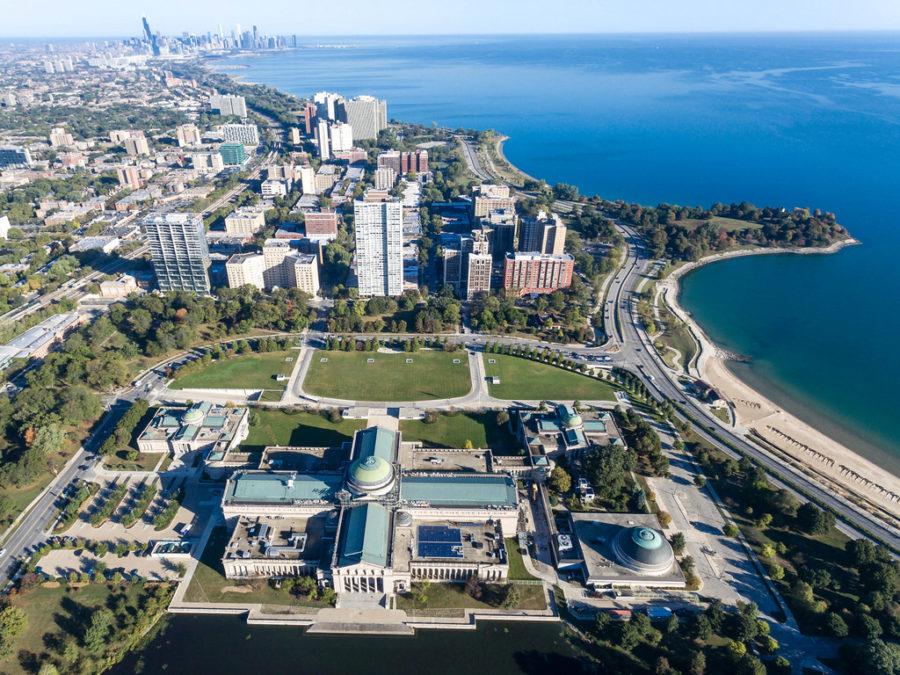In August 2018, the Chicago Lawyers’ Committee for Civil Rights (CLCCR) and the Chicago Commission on Human Relations (CCHR) released a report on discriminatory housing practices that reported source of income–based discrimination in five out of 11 tests conducted in Hyde Park. In other words, 43 percent of treatment comparisons between “testers” posing as possible renters indicated discrimination by Hyde Park landlords.
The report focuses on six Chicago neighborhoods, selected because of their high rates of housing discrimination complaints in recent years. The CLCCR and CCHR “tested” these neighborhoods by sending pairs of people who differed in race, source of income, or both, to pose as potential renters and record how they were treated by housing providers. In addition to Hyde Park, CLCCR testers also went to Bridgeport, Clearing, Jefferson Park, Mount Greenwood, and the Near North Side between 2017 and 2018.
Testing dates back to the civil rights movement as a strategy to confirm suspicions of unlawful conduct under the 1963 Chicago Fair Housing Ordinance and the 1968 Federal Fair Housing Act. The report states that the 1963 ordinance prohibits “discrimination on the basis of…race, color, sex, gender identity, age, religion, disability, national origin, ancestry, sexual orientation, marital status, parental status, military status, and source of income” and covers a broader scope than the Federal Fair Housing Act, which does not specify military status and source of income.
The report defines source of income, or SOI, as “the lawful way in which individuals financially support themselves and/or their dependents.” Sources of income can include public assistance, student loans or stipends, and housing choice vouchers (HCV), otherwise known as Section 8 vouchers. Participants in the HCV program receive a monthly sum that goes toward their rent.
However, HCV participants must find their own living arrangements, which the report alleges is unlawfully challenging due to continued discrimination against HCV participants. Out of 22 testers in Hyde Park, 10 testers, or five pairs engaging with housing providers, reported differing treatment based on source of income.
In terms of actual prohibited behaviors, the most common was the use of differential terms and conditions between different testers—for example, offering different prices or move-in dates to separate testers.
More than 80 percent of participants in Section 8 programs are Black, meaning racial discrimination may play a role in many cases that seem to only be SOI-based.
“Race is a serious consideration when considering discrimination against HCV holders,” said Barbara Barreno-Paschall (M.P.P. ’17), the senior staff attorney of CLCCR’s Housing Opportunity Project.
While the only tests CLCCR conducted in Hyde Park were ones regarding SOI, the two “protected identities” are tightly linked. CLCCR would not disclose which housing providers were tested in Hyde Park or put The Maroon in touch with testers, citing the concern that housing providers would then learn the testers’ identities and jeopardize the success of future testing projects.
“In some senses, we were not surprised by the results,” Barreno-Paschall said. However, testers reported one unexpected and disturbing trend throughout the different neighborhoods: “The customer service piece was very troubling.”
Testers observed that Black HCV holders were treated worse than non-HCV-holding Black testers, while agents went “above and beyond for [many] more white testers,” Barreno-Paschall said. Of the 140 total testers, white testers reported “above and beyond” service in 20 instances, contrasting with three reports of the same service by Black testers. Behaviors of this kind included follow-up calls to testers, offering tours of units before being asked, and encouraging testers to apply for a unit.
“There are clear-cut violations of a law, and [then there are] subtler behaviors that don’t violate the law but are still evidence of discrimination,” Barreno-Paschall said.
Barreno-Paschall said testers’ reports of this behavior is alarming because it “shows that landlords know how to get around the law with regard to discrimination.”
CLCCR periodically hosts trainings and information sessions related to housing rights and testing projects; out of the six neighborhoods examined in the recent report, Hyde Park had the highest turnout for these sessions with 43 housing providers attending eight events.
Natalie Moore, WBEZ’s South Side reporter and the author of The South Side: A Portrait of Chicago and American Segregation, was one of the first to report on the project’s write-up. In response to the report’s findings, she noticed that Hyde Park was an outlier among the tested neighborhoods; the other neighborhoods are substantially less diverse and wealthier.
“Hyde Park prides itself on being racially [and] economically diverse, but was lumped in [the CLCCR report] with neighborhoods traditionally seen as not welcoming to people of color,” she said.
Moore, a Hyde Park resident, said that the results were somewhat surprising to her, but she also “wasn’t naive and I knew this report was coming…. I hope it’s a splash of cold water [to residents and landlords].”
Both Moore and Barreno-Paschall consider the report a tool for city leaders as they look to improve housing opportunities in Chicago by applying numbers to street knowledge about different neighborhoods.
“Jefferson Park is an area for wanting to keep out affordable housing; Mount Greenwood is one of the whitest areas in the city, [and] Hyde Park also has a history of keeping people out—arguments are made stronger or bolstered when you have data,” Moore said.
Barreno-Paschall said that CLCCR sees SOI discrimination as a long-term target in their work on housing equity.
“We are very committed to addressing SOI discrimination, [and] we’ll continue to do whatever investigative work as long as SOI is a priority…. It’s important to know about it in Hyde Park because if they can’t know, they can’t change what’s happening,” she said.









